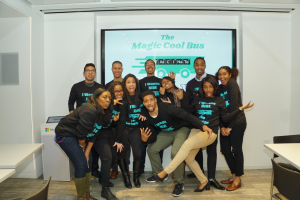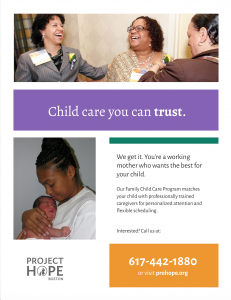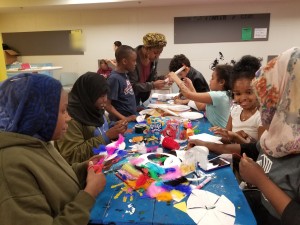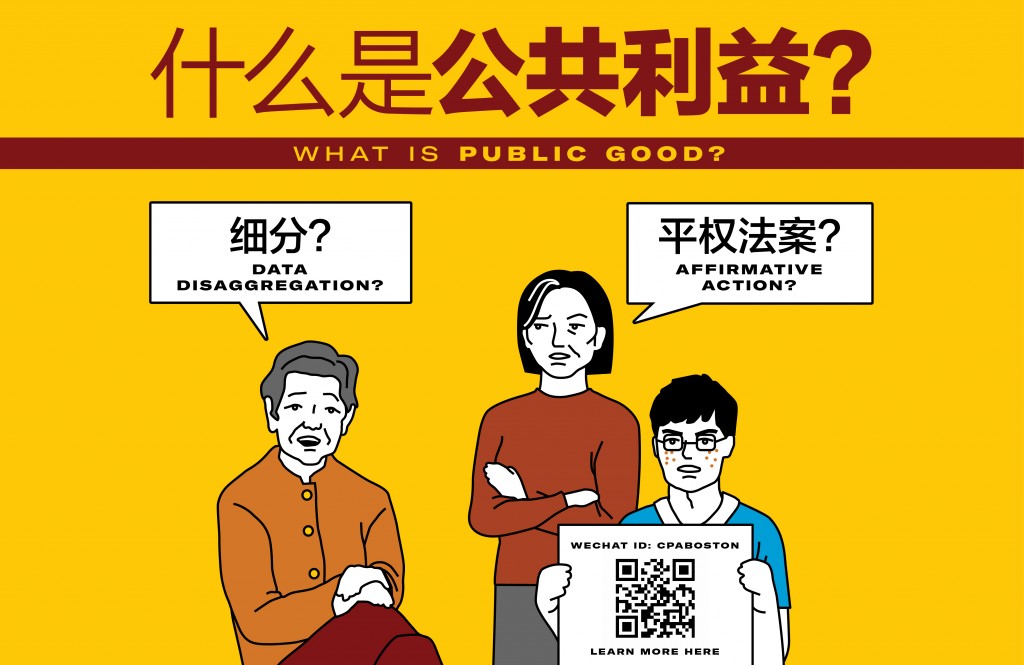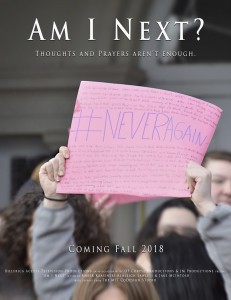It’s no secret that there is little to no representation of black and brown individuals in the technology sector. Current curriculums and programs attempting to address this deficiency often seek to show students opportunities or directly try to convince them to pursue STEM careers. One thing these programs have in common is that they often fail to relate to the students.
Fascinate, Inc. is an organization with a mission to bring cutting-edge technology to underrepresented students nationwide and facilitate pathways into STEM-based careers. Cultural relevancy is their strategy of choice in getting students excited about STEM. The project we chose to focus on relates to the Dope Tech Showcase, a technology showcase held in a local makerspace with students and volunteers of color. Our goal is to work collaboratively in determining a process that will make the Dope Tech Showcase cohesive and replicable over an extended period of time. The result would be a showcase guide that the event organizer and/or volunteers could use to smoothly operate their own Dope Tech Showcase.
For more information, please refer to our case study and presentation.
